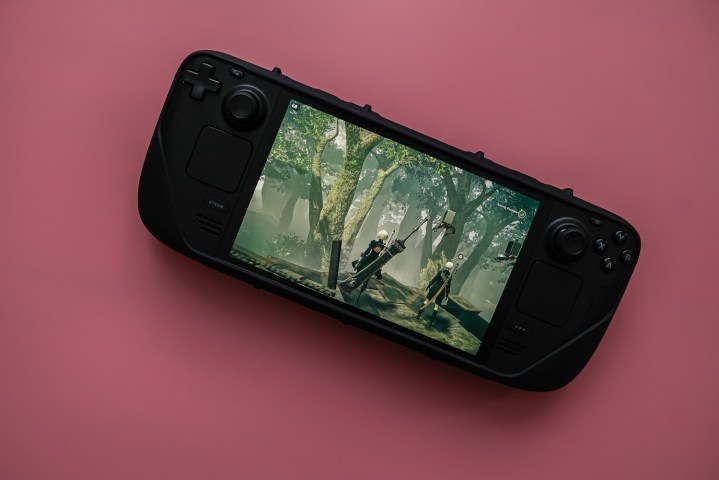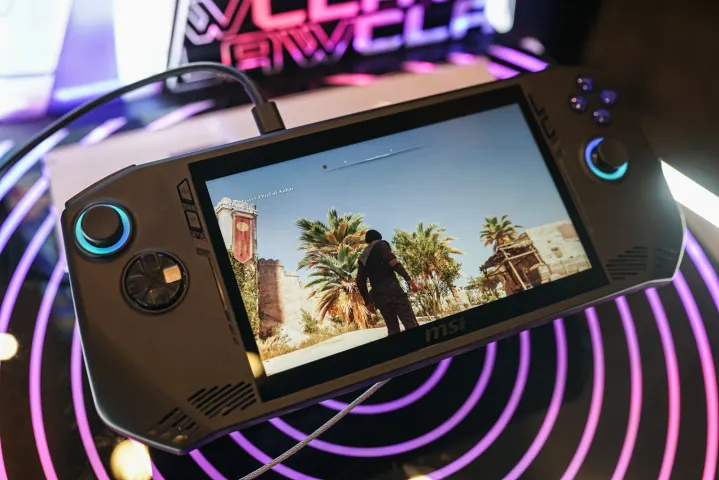
Nvidia and AMD trade blows when it comes to making some of the best graphics cards, but there’s one area where AMD obliterates Nvidia: gaming handhelds. The booming market of portable gaming PCs largely belongs to AMD right now. However, that might soon change, as it seems that Nvidia is gearing up to ensure that its chips power next-gen handhelds — but there are a few obstacles to consider before such a device can ever be made.
AMD really went all-in on gaming handhelds at just the right time. From the Steam Deck to the Asus ROG Ally, the portable PCs that bridge the gap between a computer and a console are all the rage right now, and they’re almost exclusively powered by AMD APUs. There are a couple of Intel Core Ultra-based handhelds on the way, such as the MSI Claw, but so far, AMD dominates. Nvidia is completely absent, and it’s safe to say it’s missing out on a huge opportunity.
According to Moore’s Law Is Dead, Nvidia recognizes it’s time to change the current narrative. The YouTuber said: “Nvidia is not happy with the fact that AMD has a successful Steam Deck out there, [it] might also have a new PlayStation handheld powered by AMD. At the same time, there are things like the ROG Ally, and really dozens of other handheld gaming Windows devices, all powered by AMD.”
With this many gaming handhelds all running on an AMD chip, it almost seemed like Nvidia just wasn’t interested in catering to that part of the market, but Moore’s Law Is Dead disagrees, saying, “Nvidia is worried that it’s missing the boat here.”

The problem with Nvidia potentially contributing to a gaming handheld is that it can’t do it all on its own. AMD and Intel make their own processors with built-in graphics, but Nvidia doesn’t manufacture x86 CPUs, and obviously, a GPU alone won’t cut it. That leaves Nvidia in a tricky position where it needs not just one partner (such as Asus or MSI to manufacture the device), but two, because another company needs to supply the processor.
Although Intel recently put its rivalry with AMD to rest, it’s hard to imagine AMD and Nvidia teaming up to work on a gaming handheld together. Instead, Moore’s Law Is Dead speculates that we might see Nvidia partner up with Intel to make a premium gaming handheld. “Premium” is certainly the right word to use here because it’s easy to imagine that it’d outperform every other similar device by a landslide. The handheld would have a dedicated GPU as well as a CPU, meaning that the battery life might take a hit, and the console might need one beefy heatsink, but it’d be a powerful mini computer.
Even if the rumor turns out to be true and Nvidia does, one day, make a move on the gaming handheld market, it’s not going to happen anytime soon — Moore’s Law Is Dead made it clear that this is something that might happen years from now. For the time being, AMD has nothing to worry about.




